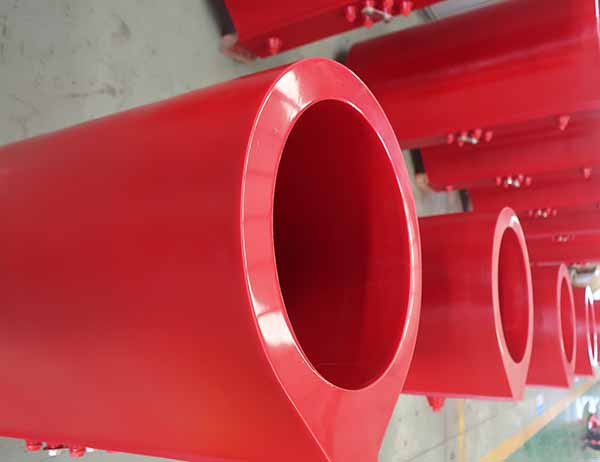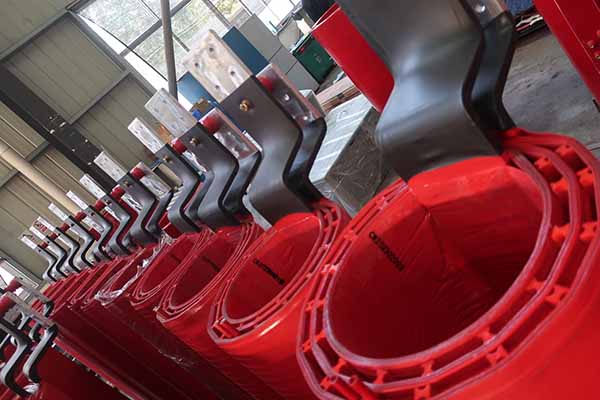Cast resin windings offer eco-friendly insulation methods, providing robust protection, enhanced efficiency, and long-term reliability. At Varelen, we specialize in manufacturing transformers that utilize advanced cast resin technology, offer different solutions for customer.
Dry-type transformers winding design low-voltage (LV) foil windings and high-voltage (HV) round wire windings. This design choice ensures an efficient, robust, and durable construction, making them suitable for a range of industrial and commercial applications. The LV foil winding provides excellent current distribution and minimizes the risks of short circuits, while the HV round wire winding allows for high insulation strength and thermal stability.
This combination helps to improve the transformer's overall efficiency and lifespan, Additionally, this design can handle high mechanical stresses, improvethe durability and reliability of the transformer.

One of the standout features of HV round cast resin coils is their ability to maintain dielectric performance across different temperature ranges. This makes them suitable for environments where temperature fluctuations are common, ensuring consistent performance without compromising safety. At Varelen, we manufacture these coils to meet the highest standards, using materials that offer the best dielectric properties and mechanical strength.

Cast resin windings can help customers save costs in several ways, particularly in the context of dry-type transformers.
Dry type transformers winding are insulated with an epoxy resin/ quartz powder mixture instead of oil - a very environmentally friendly alternative. Besides, dry-type transformer are completely recyclable.